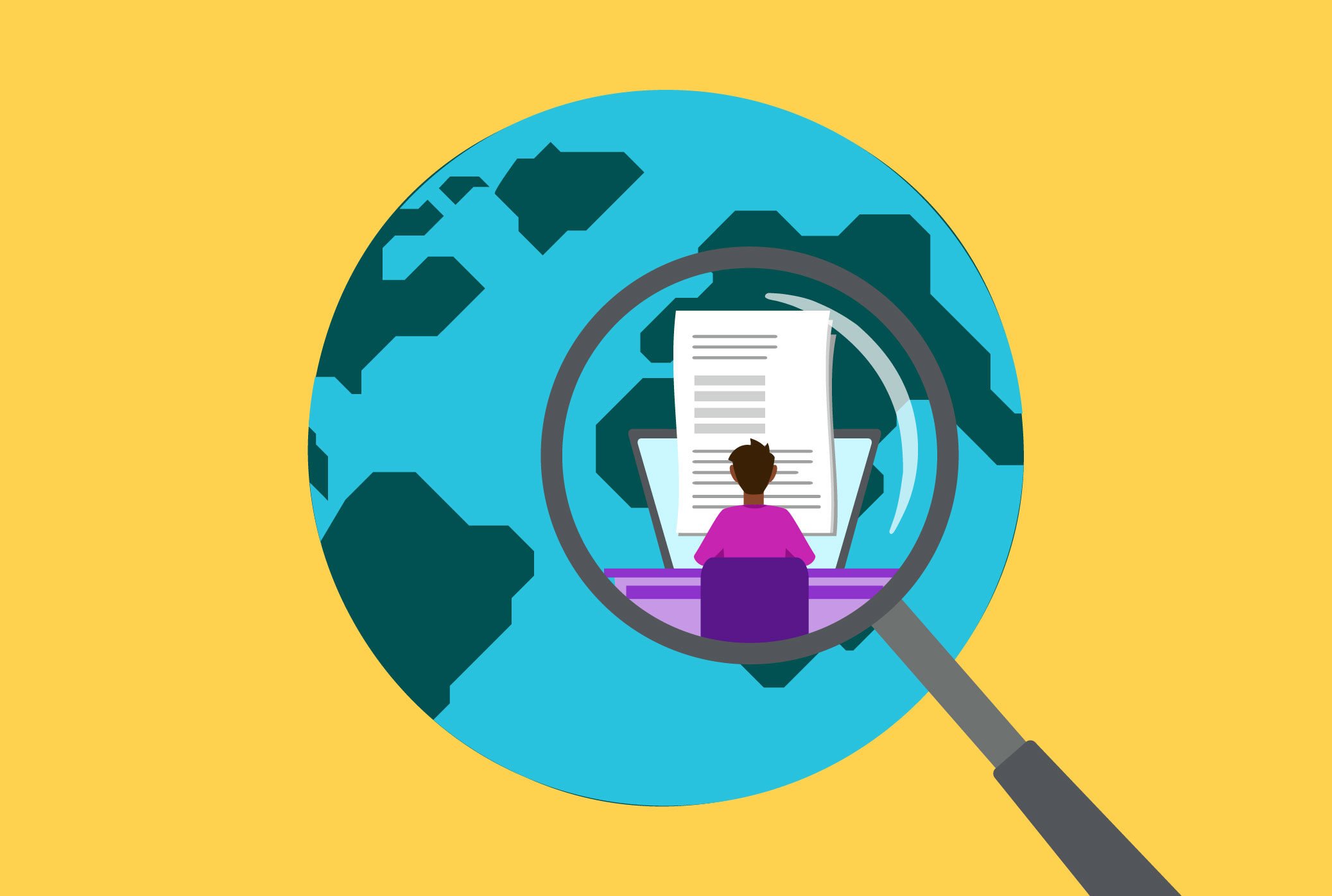For much of history, individuals and organizations have faced the problem of having too little information. But over the last couple of decades, that situation has reversed.
Now, many companies have so much data that it can be difficult to make high-quality decisions. The amount of data they have varies based on the size of the organization, but more than 60% of organizations surveyed in the US and UK manage over than a petabyte of information. Much of that is unstructured data.
When it comes to payroll, it is crucial that relevant data be accurate and easily accessible. If not, employees will receive erroneous or late payslips, which can have disastrous effects on employee sentiment.
Payroll is so central to business operations that its data tends to be shared with other departments, such as HR services or Finance. Ideally, payroll should be tightly integrated with those departments, so that a single source of truth supports all of them.
Failure to properly integrate payroll can create significant consequences throughout the company. There might be issues with inaccurate data, difficulty retrieving information and other obstacles to making high-quality decisions.
Fortunately, there are good ways to integrate payroll that are not overly complicated and can take advantage of factors in your existing situation. UKG One View is an alternative to having to consolidate payroll providers. It is a low disruption way to get standardized, consumable data all in one place.
Disparate Payroll Systems and the Problems They Cause
Organizations that have employees in different countries frequently operate with different payroll systems at once, with their payroll information scattered across different places.
How the system works varies from company to company. Hours worked might be on one laptop, personally identifiable information might be managed by a separate cloud-based service, and requests for leave or corrections to payslips might be all done on paper.
In any case, employees dealing with such systems will have a difficult time spotting trends and inaccuracies. Unfortunately, this is the life that many payroll teams live.

On top of this, if finance or human resources needed information from payroll, or vice-versa, they would be affected by the disorganization. It could take a long time to get the requested information. Disparate payroll systems will always have consequences for the rest of the business.
This scenario happens often. Many businesses run on patchwork systems that have disconnected information, redundant data, and overly complicated systems for retrieving, adding and changing information.
Naturally, this makes errors and confusion all the more likely. It also makes staying on top of regulations, such as tax withholding laws, rather difficult.
What Integrated Payroll Looks Like
Instead of the previous situation, imagine a more integrated solution. Suppose your business had a single cloud-based source of truth for all employee data related to payroll: wages, tax withholding, payroll deductions, personal information and more. In addition, imagine having a single suite of software for accessing and modifying that information.
In this scenario, aligning with finance or human resources is much easier. A human capital management (HCM) software suite could seamlessly integrate with the system, for example. This would let human resources access and modify employee information as needed and for payroll to access that data without long wait times or complicated retrieval procedures.
It would also be easier to analyze payroll data, since it would be all in one place and consistently formatted. This helps with spotting trends, identifying inaccuracies and complying with regulations.
Successfully integrating payroll may pose a slight initial challenge, but it is much better than the alternative. It significantly improves administrative tasks for payroll services. Unintegrated payroll, on the other hand, creates dangerous and impeding bottlenecks throughout almost all of a company's operations.
There are a number of different paths when it comes to integrating payroll. In some cases, the process might be complicated, especially if existing systems are outdated. But ideally, the new system should be simple to integrate and make good use of your existing data. UKG One View is a system which accomplishes this, by collecting standardized, consumable data in one place, without having to consolidate payroll providers. This integrates information from human resources and workforce management into a unified whole.
One View enhances the real world payroll professional’s life by providing all the benefits of consolidated payroll. It saves time, reduces confusion, and enhances the ability to analyze data and produce insights.
Integration with HCM
Human resources have a tight connection with payroll. Both departments are, after all, involved with the company-employee relationship. And accurate payroll is a by-product of strong HR processes and clean data.
Human capital management (HCM) software is a suite of software applications used to help businesses manage their workers. It is frequently integrated with payroll, as this helps both departments manage information more effectively.

HCM software may cover many different domains:
-
Core HR involves all the essential functions of human resources. This includes organization management, personnel management, benefits administration and expense management.
-
Recruitment involves any task needed to procure new talent: requisition management, sourcing, candidate management and employee onboarding.
-
Talent Management involves operations related to the long-term relationships made with valuable employees: compensation management, career planning, training administration and succession planning.
-
Workforce Management involves the day-to-day logistics and planning for the employee labor pool: schedule management, time entry, absence management, project time booking and paid time off.
Note that the data and information relevant to any one of the above may also be relevant to payroll. A new hire will need records indicating their own starting compensation, which will also affect expense management and have future effects on career planning. This means that the same information can affect both departments.
The Future of Payroll Integration
Although a large number of businesses still use outdated and obsolete payroll processing systems that do not offer integration with HCM systems, it will continue to become more difficult to do so. Data and information continue to pile up at an accelerating pace. Companies that manage to effectively integrate payroll with human resources and other business operations will be at a significant advantage.
Instead of operational bottlenecks and difficulty retrieving information, integrated payroll simplifies and decouples distinct processes.
Fortunately, technology is making it easier and easier to have an integrated payroll system. One View is a comprehensive payroll system that integrates directly with human resources and workforce management applications. It provides a clear view of all data flowing into payroll from HR, insulating your organization from downstream complexity. And best of all, it is a low disruption way to accomplish integration, an alternative to having to consolidate payroll providers.








